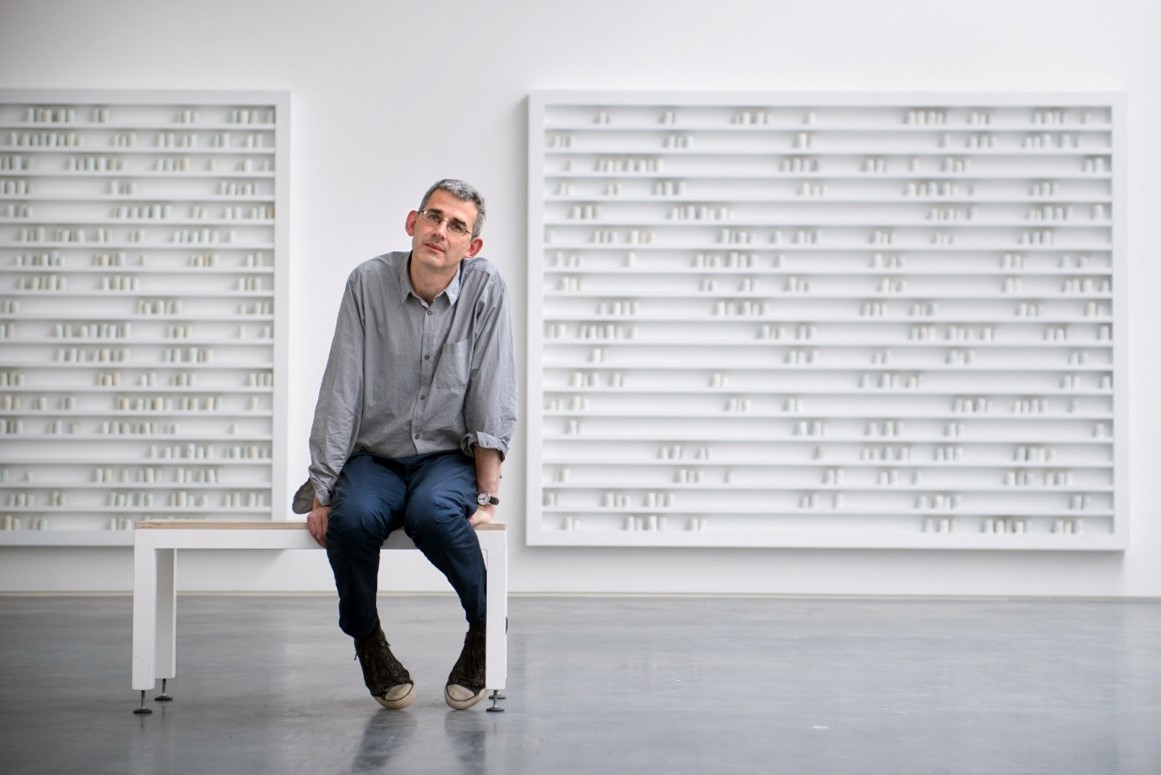Year 12 Art History A Level Student Rose gives her review:
In hearing the immense complexities of Edmund de Waal’s stirring family history, one can see how much this has fuelled his minimalistic ceramic works. Traversing many countries and backgrounds, his family were a wealthy Jewish banking dynasty who migrated from Odessa to Vienna to Tooting Bec to Paris. While his grandparents were living with his father Victor in Palais Ephrussi, their exuberant townhouse in Vienna, in 1938, amid World War Two, their property was confiscated by the Nazis. De Waal’s grandmother and grandfather were thrown onto the streets of Vienna, where his uncle worked as a janitor for a local school – they were left ostracized, their lives were upturned and it seemed as if all was lost.
Seven years later, after the war, in attempts to recover their confiscated property, his grandmother’s loyal housemaid named Anna revealed a collection of 264 Japanese netsuke, intricate miniature sculptures made of ivory or wood, which she had kept hidden for nearly a decade during the war period. The collection was very highly valued and was passed down 5 generations of de Waal’s family, eventually to him.
In foresight, at the age of 6 de Waal discovers a great love for pottery, and this childish penchant becomes a way of embodying the sense of displacement which has shaped de Waal’s life and his subtly compelling, dynamic artworks. His installation “The Library of Exile” depicts a large white space with poignant words of migration histories inscribed on the walls in luminous brushstrokes. From the outside one would consider it foremost a complex conceptual artwork, however inside the transient space is a fully working library containing books of many people who have been forced into exile, akin to his grandparents.
This installation itself is amongst those in the canon of Rachel Whiteread and her Nameless Library. However, the concept of simultaneously celebrating the history of exile and displacement, whilst also confronting the realities of the struggle of being an immigrant, there are major likenesses to Yinka Shonibare’s “The British Library”, which uses African textiles voicing the names of 1st or 2nd generation immigrants who have moved to Britain, celebrating immigration whilst critiquing the lingering effects of colonialism on our modern society.
With thanks to Dulwich College for hosting this talk on Friday 17th March.


.jpg)

.jpg)






















